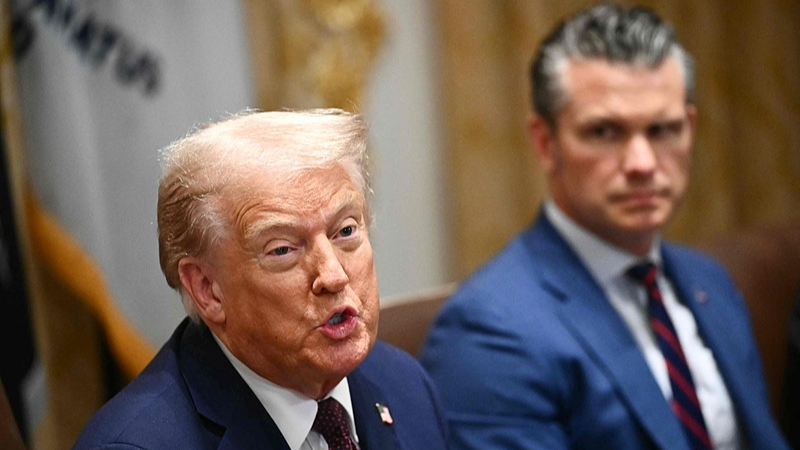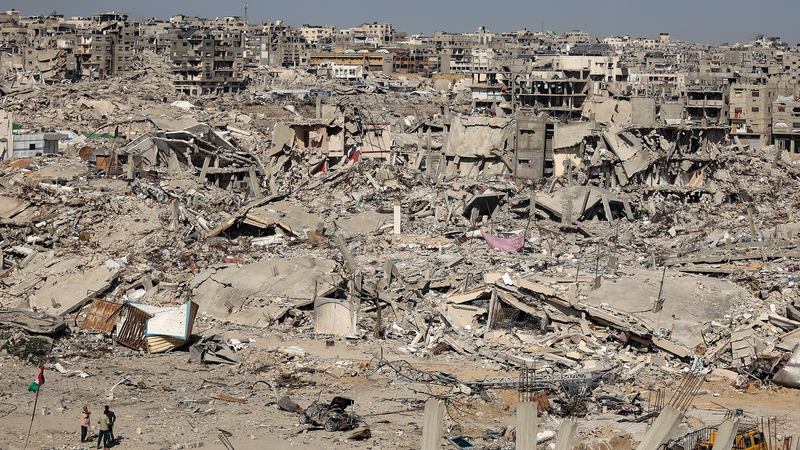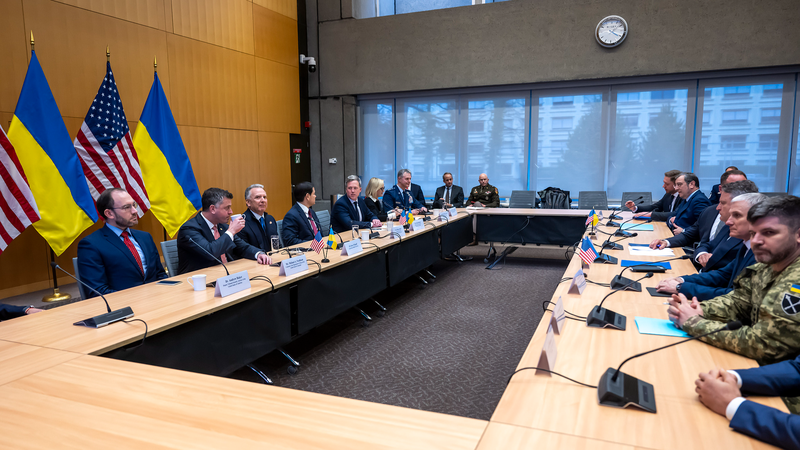In a high-stakes clash between the U.S. executive branch and the courts, the Trump administration has filed an emergency appeal to the U.S. Supreme Court to block a federal injunction requiring it to release nearly $2 billion in foreign aid payments. At issue is whether the president can pause funding to development projects worldwide while a legal battle plays out.
The Justice Department's petition follows a mixed ruling in the U.S. Court of Appeals for the D.C. Circuit. A three-judge panel had cleared the way for the U.S. to withhold funds, but last week the full appeals court declined to lift the injunction, keeping the payment pause on hold.
Back in March, the Supreme Court had turned down a similar request from the administration, but officials are now pressing for a clear, final ruling. They argue that being forced to pay contractors—many of which run clean-energy programs, public health campaigns, and infrastructure work—would infringe on executive authority over foreign policy.
President Donald Trump first hit pause on all foreign aid on January 20, initiating a 90-day review of the $38 billion annual budget for global development programs. Since then, the administration has moved to restructure the U.S. Agency for International Development, suggesting a shift in how Washington partners with NGOs and local contractors abroad.
For young entrepreneurs, activists, and changemakers in emerging markets, this showdown could redefine the timeline for grants and technical support tailored to sustainable agriculture, digital literacy, and health initiatives. If the Supreme Court sides with the administration, project leaders may need to delay or scale back operations that impact millions of beneficiaries worldwide.
As the case heads back to the nation's highest court, the world watches to see how U.S. foreign aid strategy will balance legal checks and the speed of delivering on-the-ground services to communities from East Africa to Central America.
Reference(s):
Trump administration urges Supreme Court to block foreign aid payments
cgtn.com




